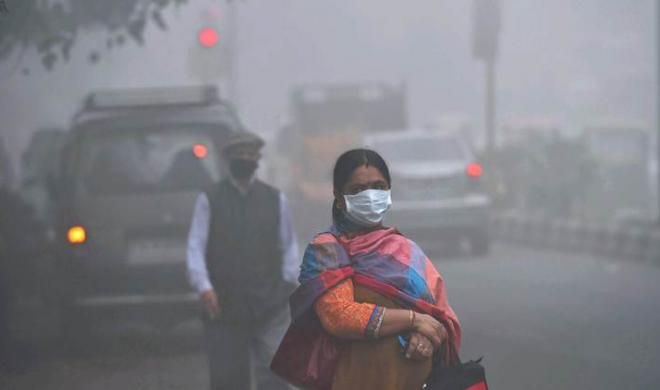Of the 600-plus air quality monitoring stations set up across India, there are none in rural areas
Everyone is talking about air pollution, but how much do we really know about it … especially the rural India? That’s because 84 per cent of the total media coverage on air pollution is in English


Shloka Nath
Worsening air quality is a pan-India problem: Seventy-six per cent of Indians live in places that do not meet national air quality standards. This means that air pollution in India is not a problem restricted to winters in Delhi or to India’s cities; in fact, no Indian state achieves pollution levels at or below the World Health Organisation’s (WHO) limits.
Air pollution is a leading risk factor for death: One in eight deaths in India was attributable to air pollution in 2017. Additionally, at 1.24 million, the deaths caused by air pollution are more than those caused by diarrhoea, tuberculosis, HIV, or malaria. The health cost of this is as high as $80 billion (Rs 5,726 crore).
The elderly are disproportionately affected: About half of these 1.24 million deaths are of people over the age of 70, making the elderly among the most vulnerable to air pollution, in addition to women, children, and low-income communities.
The average life expectancy of a child is reduced by at least 2.6 years. Additionally, 10 per cent of all under-five deaths in 2016 were caused by worsening air quality.
Low-income populations are overexposed to causes of air pollution because they do not possess the financial strength to defend themselves against it. This is because of four reasons:
They typically cannot afford to live in relatively safe or upwind residential areas, away from industry and powerplants.
They cannot afford new technology such as air purifiers and appropriate face masks.
They often have to take up jobs in mining, traffic management, or work as industrial labourers which overexposes them to higher amounts of particulate matter.
They are reliant on polluting fuels such as wood, dung, or kerosene for cooking and heating.

It is a public health emergency: New research indicates that air pollution impacts birth weight, child growth, obesity, and bladder cancer. There is growing evidence of the adverse impacts of pollution on cognitive abilities in children.
Rural India is being sidelined: Of the 600-plus air quality monitoring stations the Central Pollution Control Board (CPCB) set up across the country, there are none in rural areas. The lack of adequate monitoring and measurement systems leaves the air quality challenges in rural India uncovered.
Efforts aren’t reaching the people who need them the most: 49 of the 54 (90 per cent) organised citizen mobilisations on air pollution in 2019 occurred in urban areas. However, 75 per cent of the deaths linked to air pollution (in 2015) occurred in rural areas.
Information about it is inaccessible: 84 per cent of the total media coverage on air pollution is in English
India has more polluted cities than any other country: 22 of the 30 most polluted cities in the world are in India, and almost 99 per cent of Indians breathe air that is above the WHO’s defined safety limits.

